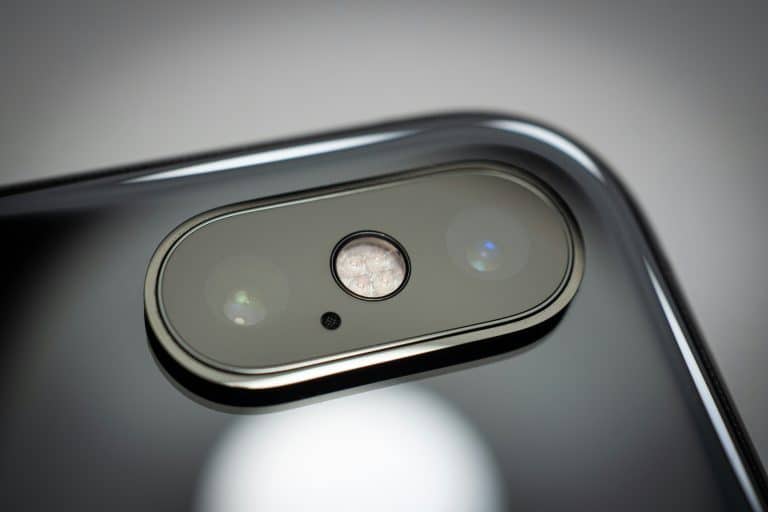Today’s smartphone cameras have transformed from simple point-and-shoot devices into sophisticated photography systems. What appears to be a straightforward camera app actually houses cutting-edge artificial intelligence, machine learning algorithms, and advanced software processing capabilities that work seamlessly in the background.
These intelligent systems enable real-time object recognition, instant text translation, automated scene optimization, and contextual information extraction, all happening within milliseconds of pressing the shutter button.
Contents
The Hidden Tech Behind Your Phone Camera Lens
AI and Machine Learning Integration
Modern smartphone cameras use artificial intelligence to dramatically enhance image quality and functionality beyond traditional optical capabilities. AI-powered scene recognition automatically identifies subjects like portraits, landscapes, food, or pets, then optimizes camera settings accordingly.
Night mode algorithms combine multiple exposures using machine learning to produce bright, detailed photos in low-light conditions that would have been impossible just years ago.
Real-time image processing occurs continuously as you frame your shot, with neural networks analyzing millions of pixels to adjust exposure, color balance, and focus before you even capture the image. This approach means your camera is constantly learning and adapting to deliver optimal results.
Optical Character Recognition (OCR) Capabilities
Your smartphone camera can instantly “read” and interpret printed or handwritten text through sophisticated OCR technology. Specialized APIs from OCR Studio allows you to transform your mobile device into a powerful tool that extracts information from IDs, bank cards, passports. This technology allows processing of complex documents with multiple fonts and formatting.
Real-time translation features use OCR to identify foreign text, then overlay translated versions directly onto your camera viewfinder, making foreign signs, menus, and documents instantly understandable.
Everyday Features You Didn’t Know Used AI
Smart Text Selection and Search
AI can transform static images into interactive experiences. These features automatically detect phone numbers, email addresses, URLs, and physical addresses within photos, making them instantly actionable. You can call a number, send an email, or navigate to an address simply by tapping text in an image.
Real-Time Translation and AR Integration
Camera-based translation represents a convergence of OCR, natural language processing, and augmented reality technologies. Your smartphone can instantly translate restaurant menus, street signs, or product labels while preserving original formatting and layout. AR overlays seamlessly replace foreign text with your native language, creating an immersive translation experience that maintains visual context.
Practical Implications and Why It Matters
These AI-powered camera features deliver significant benefits across productivity, accessibility, and daily convenience. Students can instantly digitize textbook passages, business professionals can quickly scan and organize documents, and travelers can navigate foreign environments with confidence. For individuals with visual impairments, camera-based text reading enhances accessibility to printed information.
Smartphone Cameras Continue to Evolve
More intelligent and integrated experiences await smartphone camera users. Future developments promise enhanced real-time processing, improved accuracy across diverse conditions, and deeper integration with productivity workflows. The sophisticated AI capabilities already residing in your pocket represent just the beginning. Take time to explore your device’s existing camera features; you will likely discover powerful tools that can streamline daily tasks and unlock new possibilities you never realized were available.

